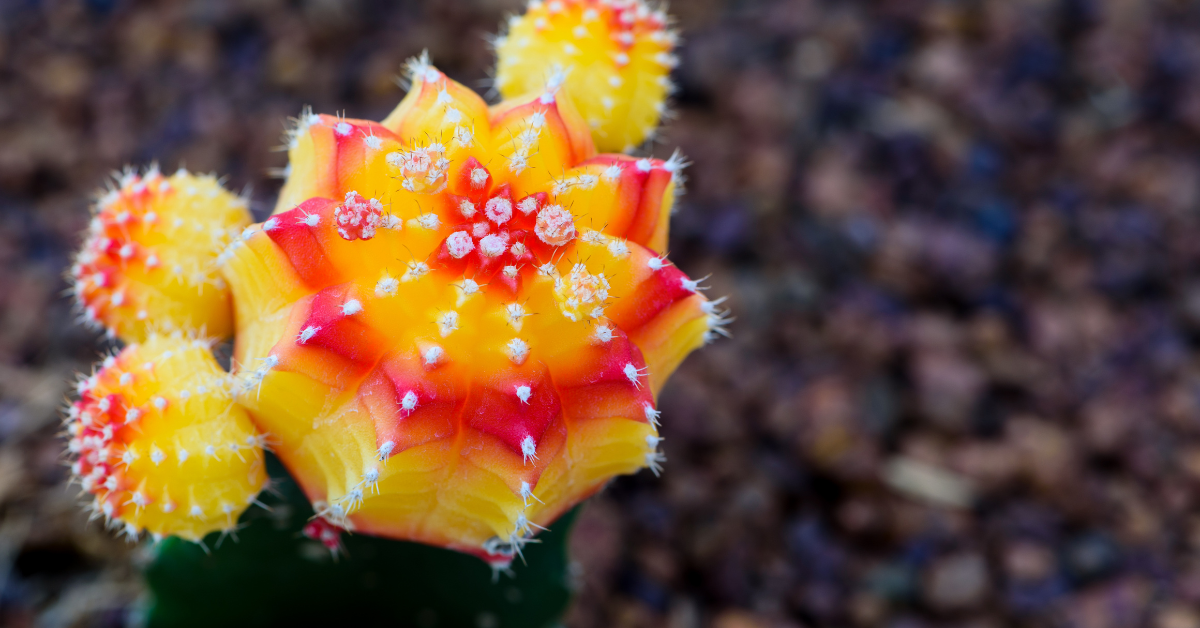Grafted cacti are undoubtedly fascinating specimens, often showcasing a vibrant interplay of colors and forms that can captivate any plant enthusiast. However, caring for these unique plants poses a playful challenge: How do you ensure their longevity while navigating the intricacies of their care? In this article, we will explore the essential methods for nurturing grafted cacti, providing you with insights to foster a thriving indoor or outdoor plant.
Grafted cacti typically consist of two distinct parts: the stock and the scion. The stock—which serves as the root system—offers stability, while the scion contributes a specific aesthetic or physical characteristic. Understanding this relationship is foundational to effective care.
First, let’s delve into the fundamentals of light and location.
Light Requirements: The Balancing Act of Sunlight
Each grafted cactus variety has distinct light needs; some thrive in direct sunlight, while others prefer filtered light. Generally, most cacti prefer bright, indirect sunlight to flourish. However, excessive sun exposure can lead to sunburn, evident as discoloration or scorch marks on the scion. Place your grafted cactus in a location that receives ample bright light, ideally near south or west-facing windows, but be vigilant in observing its response to light conditions.
A playful question arises: Have you ever noticed how some cacti seem to dance towards the light? Their movement isn’t just whimsical; it’s crucial for growth. Rotate your cactus periodically to promote even growth and avoid leaning towards the light source.
Temperature and Humidity: Finding the Ideal Climate
Grafted cacti generally thrive in warm climates, with optimal daytime temperatures ranging between 70°F and 100°F (21°C to 37°C). Nighttime temperatures should be slightly cooler, ideally falling between 50°F and 65°F (10°C to 18°C). Sudden temperature fluctuations can stress the plant, so it is vital to maintain a consistent environment.
Humidity levels also play a significant role in the health of grafted cacti. diesen desert plants prefer lower humidity, typically below 30%. In more humid climates, ensure adequate air circulation to avoid any mold or rot issues. If you’re in a particularly humid environment, consider using a dehumidifier to maintain optimal conditions.
Soil Type: The Unsung Hero of Cacti Care
The significance of soil cannot be overstated when caring for grafted cacti. A well-draining mix is essential to prevent root rot, a common nemesis for succulent enthusiasts. Utilize a cactus soil blend, or create your own by combining potting soil with sand, perlite, or pumice. This promotes aeration and drainage, allowing excess water to escape easily.
When repotting or planting, ensure that the base of the scion is not buried too deeply, as this can lead to rot. A general rule of thumb is to position the graft site just above soil level to encourage air circulation around this crucial juncture.
Watering Techniques: Mastering the Art of Thirst
The watering regimen for grafted cacti is imperative to their survival, yet it is often where many enthusiasts falter. Overwatering is a common pitfall that results in root rot and decline. Conversely, underwatering can lead to dehydration, stunted growth, and ultimate demise. Striking this balance is essential.
As a general guideline, allow the top inch or so of soil to dry out completely before watering again. During the active growing season—spring and summer—these cacti may require water every two to three weeks. In contrast, during the dormant period in fall and winter, reduce watering frequency significantly, sometimes to once a month or less.
To check moisture levels, insert a finger into the soil. If it feels damp, it’s best to wait before watering. Implementing a consistent watering routine, while remaining attentive to the plant’s specific needs, will yield the best results.
Fertilization: Nourishing Your Cacti Companion
While the natural growth of grafted cacti can be impressive, they benefit from periodic feeding to enhance their vitality. Utilize a diluted liquid cactus fertilizer during the active growing season. This infusion of essential nutrients helps promote robust growth and vibrant coloration.
Be cautious not to over-fertilize, as this can lead to salt buildup in the soil and adversely affect the plant. It’s beneficial to fertilize sparingly—once a month during the growing season is adequate—and to flush the soil with water occasionally to mitigate any buildup.
Pest Management: Safeguarding Your Grafted Cacti
Despite their hardy nature, grafted cacti are not immune to pests. Common invaders include mealybugs, spider mites, and scale insects. Regularly inspect your plant for any signs of infestation, such as webbing, sticky residue, or discolored patches. Addressing these threats early on is crucial in maintaining the health of your grafted cactus.
In case of an infestation, use insecticidal soap or neem oil, applying it according to the manufacturer’s instructions. This proactive approach can deter pests, ensuring that your plant remains thriving rather than becoming a feast for unwelcome guests.
In conclusion, caring for a grafted cactus encompasses an intricate balance of light, temperature, soil, watering, feeding, and pest control. Implementing these methods thoughtfully will allow you to enjoy the beauty and uniqueness of your grafted cactus for many years. Each component plays an integral role in nurturing these botanical marvels. With attentive care and consideration, your grafted cactus can undoubtedly flourish, becoming a vibrant centerpiece in your horticultural collection.





Leave a Comment